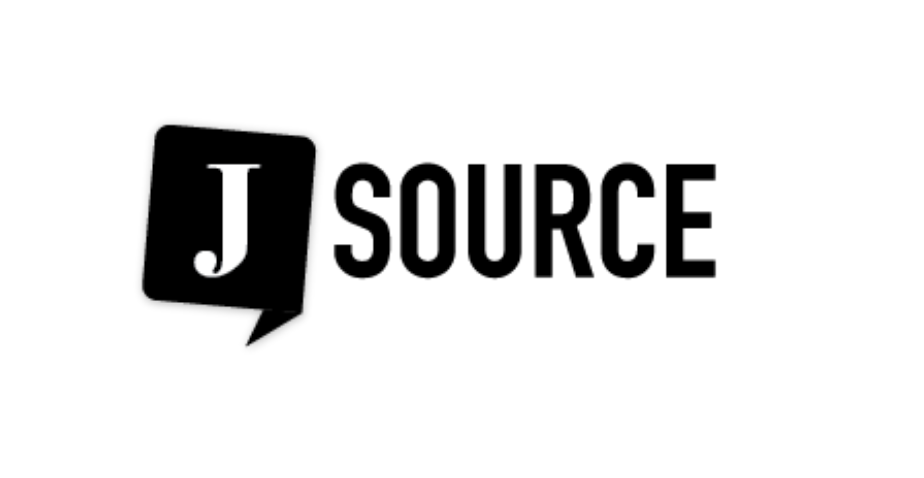When the story of a young girl gone missing broke in Woodstock, Ont., the local radio station reached out to its audience using the social networking website Facebook in addition to its traditional media coverage. Afternoon radio host Don Martin says that informing the community on the airwaves is no longer enough and explains why and how he took to updating through Facebook as well.
By
Robert Washburn
There is an example of a community radio station using social networking tools to enhance its news coverage recently in Woodstock, Ontario.
The abduction of eight-year old Victoria (Tori) Stafford made
headlines across North America, but for the residents in this small
town between Kitchener and London, it is much more. The young girl was
last seen on April 8 after school that day. Since then, the search has
received massive coverage, including a segment on America’s Most Wanted, a television show dedicated to missing persons.
Radio station 104.7 FM,
which serves Oxford County, a rural agricultural community about two
hours west of Toronto, is the only local radio station and it has a
small news team. Sun Media owns the community’s newspaper, the Woodstock Sentinel Review and
it has been on top of the story since it began. As well, the story
received intense coverage from news organizations across the province
and the country.
In addition to its usual traditional media
coverage, the radio station used the social networking website Facebook
to reach out to its audience. Afternoon radio host Don Martin posted regular updates on the story to his Facebook page. The station also used its corporate Facebook page both as a rallying point for online users, but also to link to other Facebook groups dedicated to the young girl.
When
Martin was made responsible for promotions, he took it upon himself to
set up the corporate Facebook page. It was another way the station
could communicate with listeners from Woodstock and beyond, he said.
“I’ve
been a broadcaster for over 30 years and I’ve seen a lot of changes in
the industry,” he said. “We’re a medium that’s taken for granted until
an emergency like Tori’s disappearance happens. Then, suddenly, the
community depends on us – the hometown radio – to have the latest
information.”
Informing local listeners over the air is no
longer enough, Martin said. Via the Internet, the station reaches out
beyond the constraints of traditional technology to provide additional
news coverage.
There is another reason the station wanted to use Facebook.
“In
a missing child case, it’s important to spread the word as quickly as
possible. As a member of Facebook, I looked at it as a responsibility
to her and her family to spread the word (using this tool),” he said,
adding it was another means to move information in tandem with the
traditional media.
Martin has worked as a journalist and
commentator at other radio stations. So, it was vital to him to stick
with verifiable facts, ignoring rumours and other gossip that was
circulating. Although social networking sites are often associated with
informal information that may not always be accurate, the social
networking tool became a journalistic one in this case.
The
corporate Facebook page shows some 306 members, a majority from the
London, Ontario, network. Martin has about 160 friends. Facebook allows
its members to network via a system of links called friends, who can
share information automatically. Personal sites can be either public or
private, meaning everyone can see the information or only friends can
view it. Corporate sites are always public.
There are some good
lessons from Martin’s experience in using social networking tools as
journalists. This example demonstrates a new paradigm between news and
audiences.
As numerous studies have found, people no longer trust institutions or corporations, but put much more faith in each other.
“The
vertical axis—the top-down, one-way dissemination by an authoritative
voice of precise, controlled messages—has been firmly intersected by a
horizontal axis of a continuous, messy, powerful peer-to-peer
conversation,” according to Richard Edelman, CEO and author of the Trust Barometer.
Martin’s
work demonstrates this. Certainly, shows like America’s
Most Wanted disseminate information out to a continent, which is
great news for the family, police investigators and the community. But,
from a communications perspective, what kind of audience is consuming
this information?
The use of micro-networks as a means of
distributing news presents an interesting alternative to mass
circulation. By allowing information to be circulated through a network
of “friends” on Facebook or other social software, the news gains
credibility and trust due to the personal recommendation of the sender.
While Martin may only distribute to 160 friends, the network beyond him
can grow exponentially as recipients pass the information along.
Phil Meyer, in his book The Vanishing Newspaper: Saving Journalism in the Information Age,
talks about the importance of community opinion leaders in relation to
news coverage. He says these leaders represent large groups of people
who may not communicate with newspapers directly but share the opinions
of a minority who do.
By tapping into these community
micro-networks online, journalists could leverage these relationships to
help distribute news and information, as well as develop new,
strong relationships with both geographic communities, as in the case
of Martin, or communities of interest. Then, through interaction with
these community members, the news industry might gain back some of the
trust and credibility it has lost.
As well, these relationships may
develop into longer-term connections and participants could become loyal participants in
an ongoing dialogue around news.
[node:ad]

